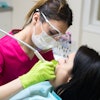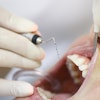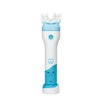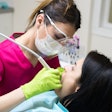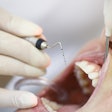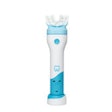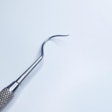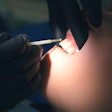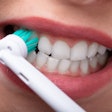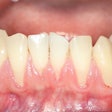More than 50% of dental hygienists report that they have experienced workplace bullying, including persistent criticism, humiliation, teasing, and, sometimes, even threats and physical harm. The study was published in the Journal of Dental Hygiene.
These experiences not only increase their stress, but they also make them want to quit, the authors wrote.
“Workplace bullying was reported by more than half of the participants in this study highlighting the importance of recognizing toxic workplace behaviors and advocating for a respectful, supportive dental practice culture,” wrote the authors, led by Linda Boyd, RDH, RD, EdD, of the Forsyth School of Dental Hygiene at the Massachusetts College of Pharmacy and Health Sciences in Boston (J Dent Hyg, October 2025, Vol. 99:5, pp. 21-28).
An estimated 52 million workers were bullied -- defined as abusive behavior, including work sabotage and intimidation, that negatively affects a person’s well-being -- at their place of employment each year, according to a 2024 report from the Workplace Bullying Institute.
U.S. and state-level research has shown that up to 24% of dental hygienists reported experiencing bullying at work at least weekly, and 21% reported experiencing it now and then. Furthermore, 43% of dental hygienists reported leaving the profession due to the negative workplace culture, which included a toxic environment, according to a 2022 survey conducted by the ADA’s Health Policy Institute.
To explore the incidence of workplace bullying among dental hygienists and mediation/moderation relationships between stress, social support, and turnover intention, 209 hygienists completed a cross-sectional survey. Of the respondents, 99% were women and 70% worked full time. Furthermore, analyses were conducted using the Perceived Stress Scale, the Multidimensional Scale of Perceived Social Support, and the Turnover Intention Scale instruments, according to the study.
Of the respondents, 56% of hygienists reported experiencing workplace bullying. Of them, 23% experienced bullying at work now and then, nearly 9% were bullied several times per week, and about 4% reported it was daily, the authors wrote.
Additionally, stress dramatically mediated the relationship between work-related bullying and hygienists’ turnover intention.
For bullying at work, noteworthy paths included the following: Work-related bullying to stress (B=.52, p <.001), stress to turnover intention (B=.23, p <.001), and work-related bullying directly to turnover intention (B=.58, p <.001) with an indirect effect (B=−.265, p <.001). Also, supportive relationships had no moderating effect on the relationship between turnover intention and bullying in the workplace, they wrote.
Nevertheless, the study had limitations. The generalizability of the findings may be limited due to the use of convenience sampling, which can introduce self-nonresponse and self-selection bias, they wrote.
“Workplace bullying directly increases stress levels, which in turn raises the likelihood of dental hygienists leaving their positions, thus underscoring the need to foster environments that protect mental health and support workforce retention,” Boyd and colleagues wrote.


